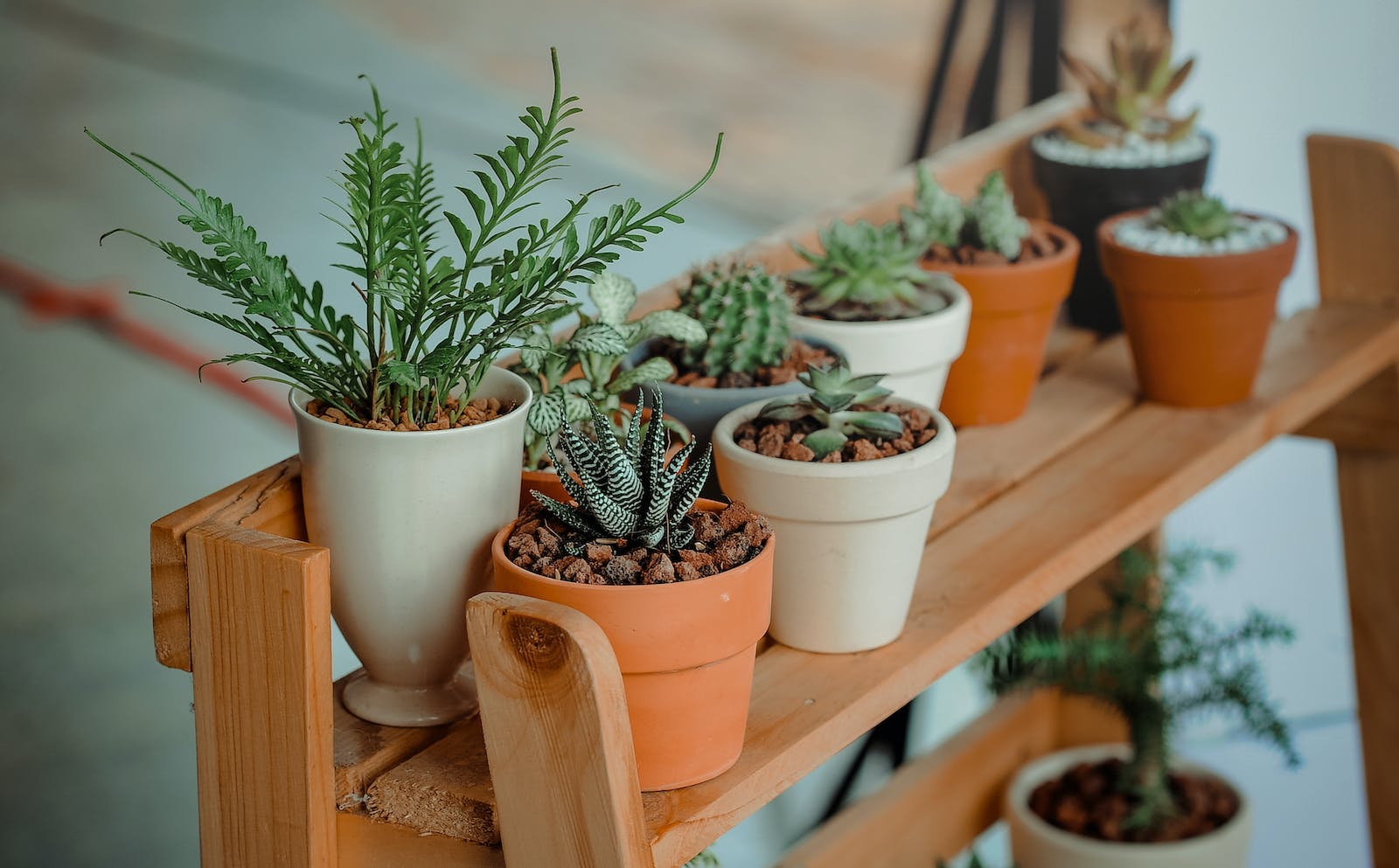
What is the hardest indoor plant to keep
What is the hardest indoor plant to keep alive?

Americans spend billions on house plants yearly. 40% of these plants die in the supply chain, and another 30% wither in homes. The statistics could make one wonder if gardening is a difficult task.
There are several reasons why plants die. This includes inadequate water supply, poor drainage, over watering, inadequate light, and so on. It could also be due to a wrong choice of plant.
Plants generally have different care requirements. While some need minimal attention, others require high-level experience, dedication, and expertise to thrive.
Here is a list of plants that are difficult to sustain:
Fiddle leaf fig tree
Despite its popularity, the fiddle leaf fig tree takes the lead on the list of the hardest houseplants to keep alive.
This is because it is sensitive to environmental change, but thrives on consistency. It is important to place yours in a spot where it does not need to be regularly moved.
Ensure that it isn't in the path of the sun because fiddle leaf fig begins to wither when exposed to direct sunlight. They perform better with indirect sunlight.
Boston ferns
The gorgeous and exotic Boston fern is an interesting addition to any space. However, it wilts easily when not given proper attention. Boston ferns thrive with bright indirect light. The soil must also stay consistently wet.
If you must keep a Boston fern, leave it in rooms with warmer temperatures. You should also place a humidifier in the room to keep the soil moist.
Zebra plant
The zebra plant is one of those plants you think will be an easy one to look after, but they require a surprising amount of work. It is cherished for its colorful flowers and dark green leaves striped with white veins.
If you are up for the challenge of growing zebra plants, start by locating a bright spot for it. As it grows, ensure to maintain moist soil at all times.
Gardenia
Gardenias add a splash of splendor to indoor spaces with their gorgeous white flowers. However, sustaining them is a lot of work.
Gardenias require a temperature of above 60 degrees Fahrenheit. Like the zebra plant, the plant loves a humid environment. You may need to keep a humidifier nearby.
This plant is also prone to pest infestations. So watch out for spider mites, aphids, whiteflies, etc.
Miniature roses
Beautiful plants like miniature roses bring a unique appeal to a home. However, the plants meets a withering end rather easily.
Miniature roses will not bloom without enough light. As such, they must be exposed to at least 6 hours of sunlight daily. Their soil must stay consistently moist as well.
Miniature roses may develop black spots on their leaves if drops of water touch them.
Croton plants
Native to the tropical rainforests of Southeast Asia and Oceania, the croton plant is a stunning multicolored shrub that grows to be about 5 feet tall.
They have a reputation for being hard to nurture indoors. The plants are dependent on bright sunlight for their signature, beautiful colors. So they must be regularly exposed to sunlight.
Also, like the fiddle leaf tree, croton plants hate to be moved. It sends them into shock, causing them to shed their leaves.
Azaleas
Azaleas are another beautiful flowery plant that blooms incredibly. The plants are happiest in a cool yet humid environment, which may be hard to achieve indoors.
If you are up to the task of nurturing Azaleas indoors, place them near a bright window, but ensure it doesn't get too cold.
Also, the indoor plants thrive better in slightly acidic soil. You can add a little vinegar to the water used for nurturing the plant.
The Wandering Jew plant
Prized for its distinctive leaf markings, the wandering Jew plant adds a stunning visual appeal to any space. However, they require a special care routine.
The plant's leaves are prone to withering in winter. As such, their soil must be consistently moist (not soddy). Also, do not expose them to direct sunlight to protect the leaves from dying.
Banana plants
Like the outdoor Banana plant and other tropical plants, the indoor banana plant requires tropical growing conditions to thrive.
The plants love plenty of sunlight, hot air, and humus-like well-draining soil. If you cannot get as much sunlight, you should invest in a growth lamp.
Banana houseplants need regular feeding. Therefore, you'll need to apply a balanced soluble fertilizer monthly. Don't forget to keep its environment warm and moist.
Venus flytraps
The venus flytraps don't look like the usual plant. They are carnivorous plants grown not just for their looks, but for their uniqueness.
They feed on insects. This means that you'll need to provide some live insects for the plant a few times a week. This makes it one of the hardest houseplants to keep alive.
This carnivorous plant is happiest in acidic soil, bright light, and a humid environment.
Conclusion
Other plants that are hardest to keep alive include the Madagascar dragon tree, rubber plants, air plants, etc.
If you are a new plant parent, we suggest you stick with low-maintenance plants like the peace lily, snake plant, ZZ plant, etc.
